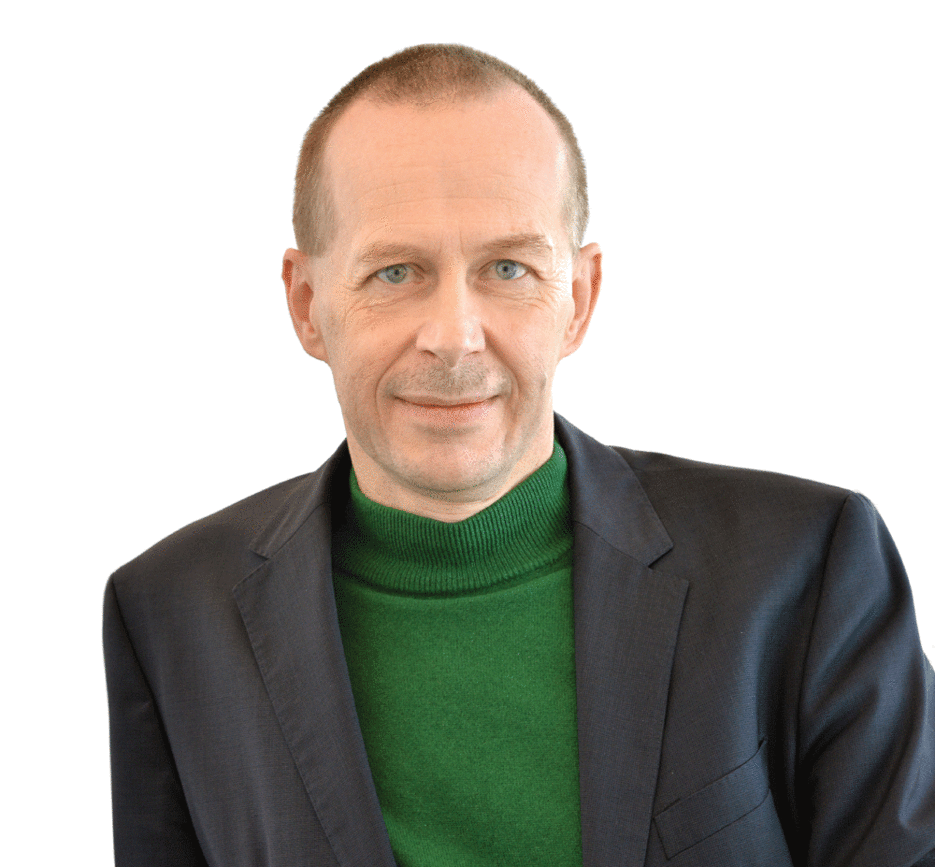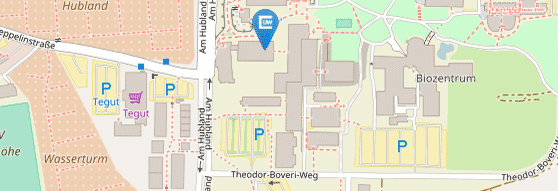Siegfried Hünig Lecture 2014 will be given by Alois Fürstner
19.05.2014World renowned chemist Alois Fürstner was happy to accept the invitation to give this year's Siegfried Hünig Lecture on May, 26th in Würzburg.
Alois Fürstner finished his studies of chemistry at the Graz University of Technology in 1985 which were followed by his PhD in 1987. The habilitation in organic chemistry was soon achieved after a post-doctoral stay at the University of Geneva in 1992. Since 1993 Professor Fürstner has been at the Max Planck Institute for Carbon Research in Mülheim an der Ruhr, which appointed him director of the department “Organometallic Chemistry” in 1998.
His scientific achievements have been awarded with numerous awards, such as the “Leibniz-Award” of the DFG (1999), the “Arthur C. Cope Scholar Award” of the ACS (2002), the “Mukaiyama Award of the Society of Synthetic Organic Chemistry, Japan” (2005), the “Otto-Bayer Award” (2006), the ETH Zürich's Prelog Medal (2011) and the “Karl-Ziegler Award” of the GDCh (2013).
Fürstner's main research interests lie in the area of organic and organometallic chemistry. Moreover he is known for his outstanding contributions in the development of the ring closing metathesis reaction as a method for establishing complex natural substances. In the last few years he dedicated himself to the hitherto little-explored metals such as gold and iron, which he could develop into efficient homogeneous catalysts with the help of appropriate ligands. These catalysts are used for cross-coupling and cyclo-addition reactions as well as for isomerisation and rearrangement reactions, providing elegant access to complex molecular structures. As an author of more than 300 publications, which have been cited over 24.00 times, Fürstner definitely is one of the international leading chemists.
"Catalysis for Total Synthesis“ is the title chosen by Prof. Fürstner for the Siegfried Hünig Lecture 2014 which will take place on May, 26th at 4:45 pm in lecture hall B, located in the central building of the chemistry center.



